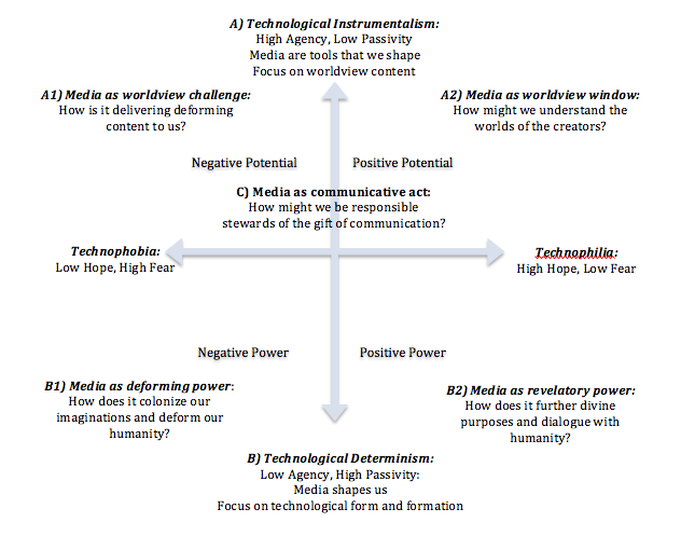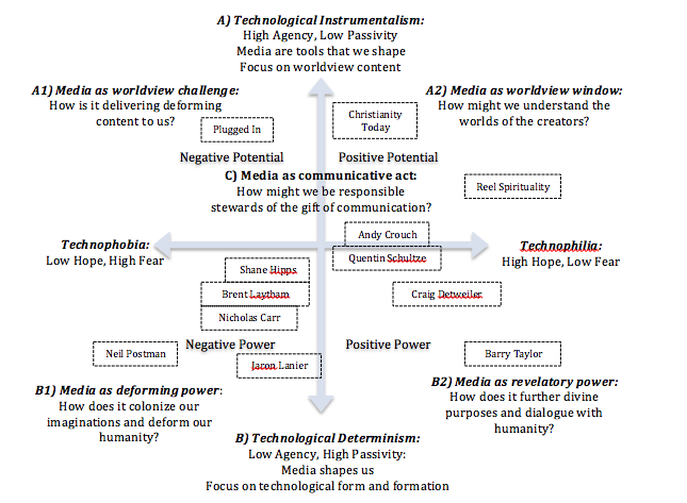Braving the New World (Wide Web):
|
Justin Bailey is a PhD candidate at Fuller Seminary. After 15 years as a youth pastor, he moved to Southern California to get better answers; instead, he got better questions. His research focuses on the relationship of faith, doubt, and the Christian imagination. ***This article is adapted from a longer, forthcoming piece for the Ogilvie Institute’s Micah Group project at Fuller Theological Seminary and is used by permission. |







